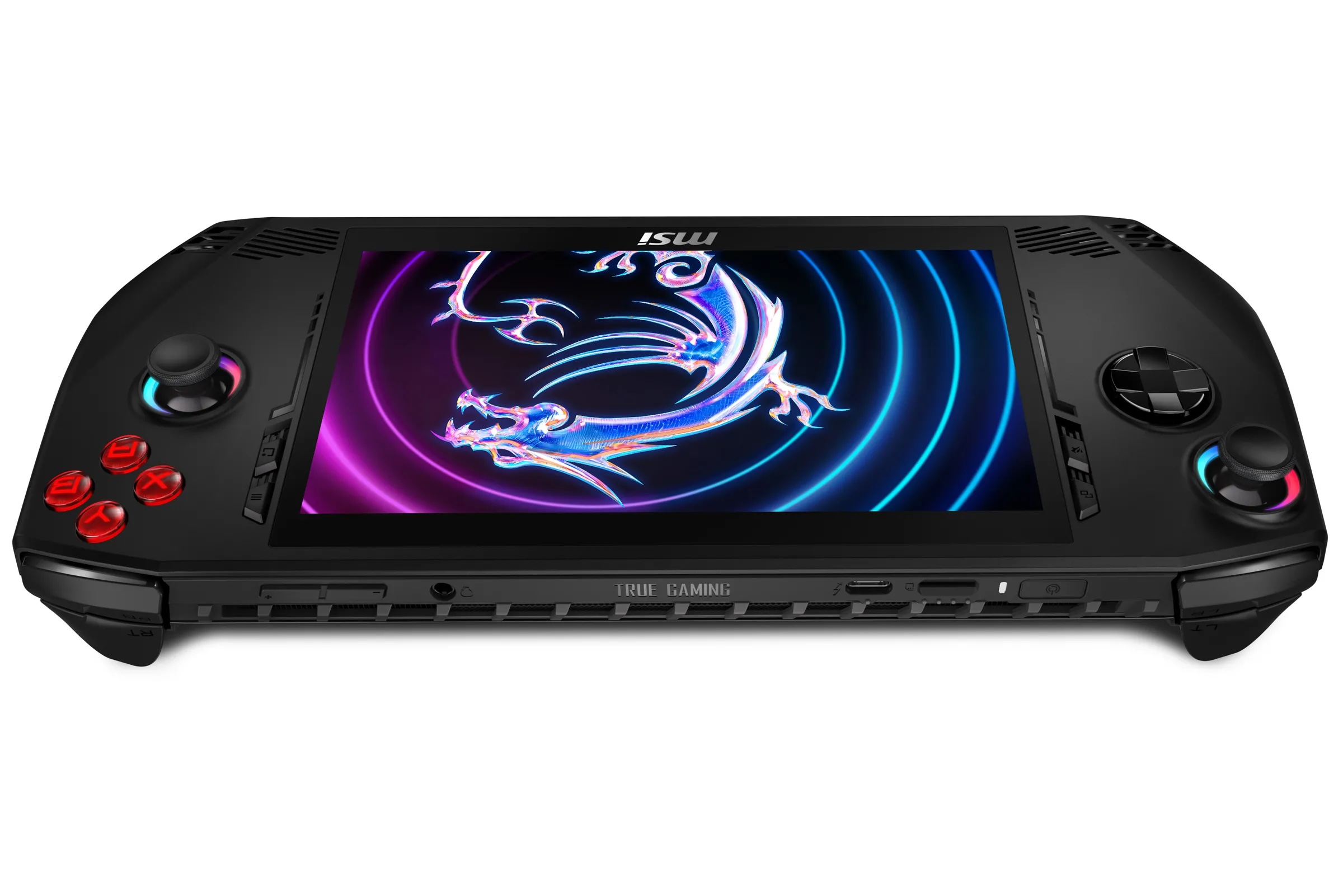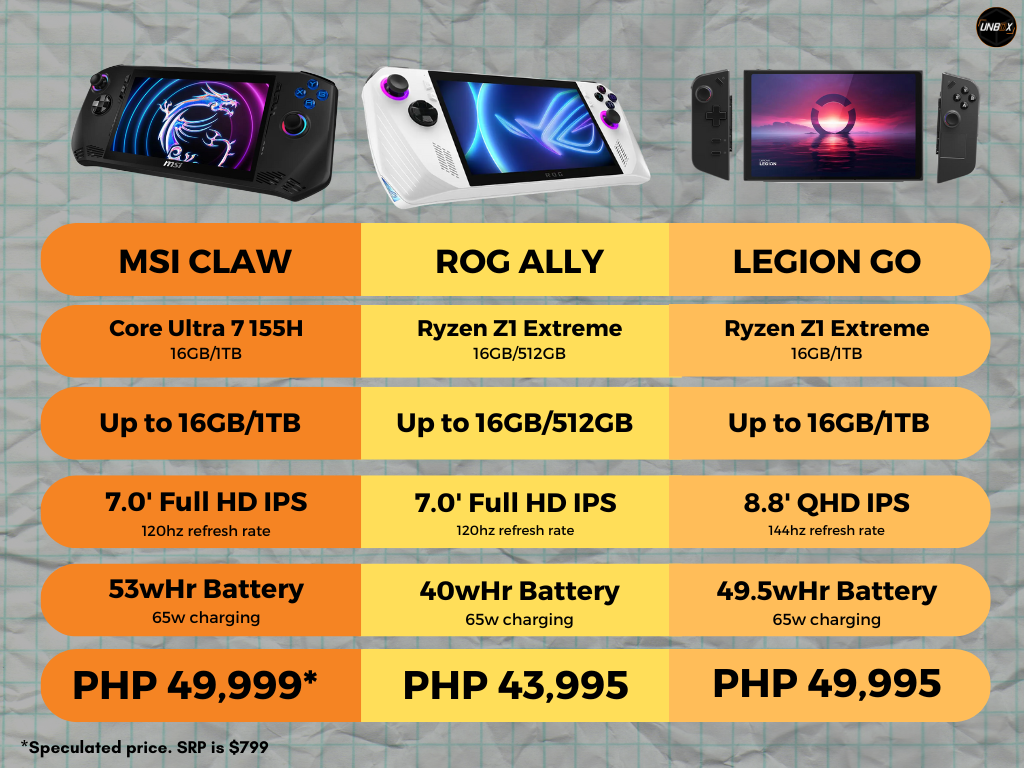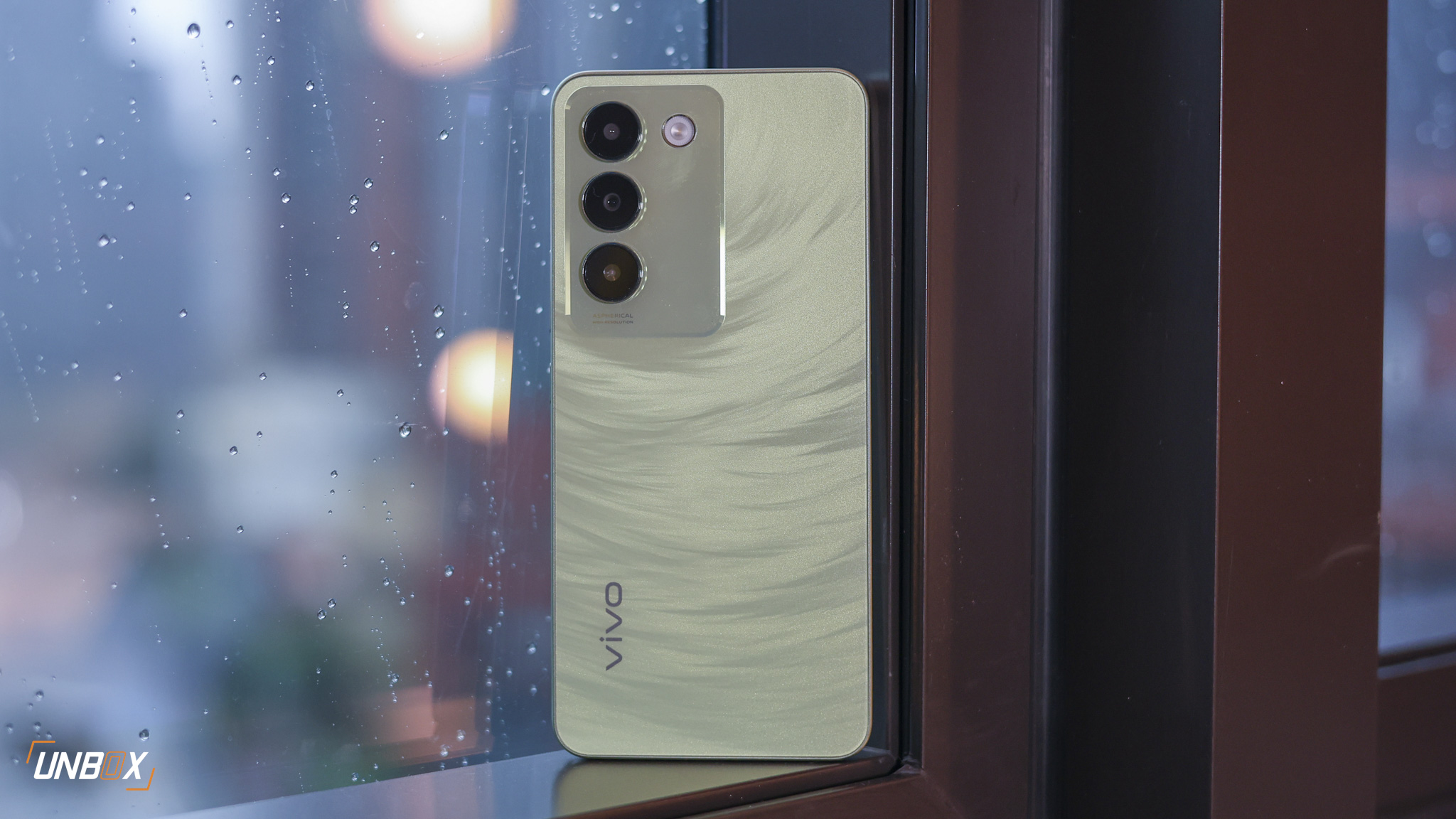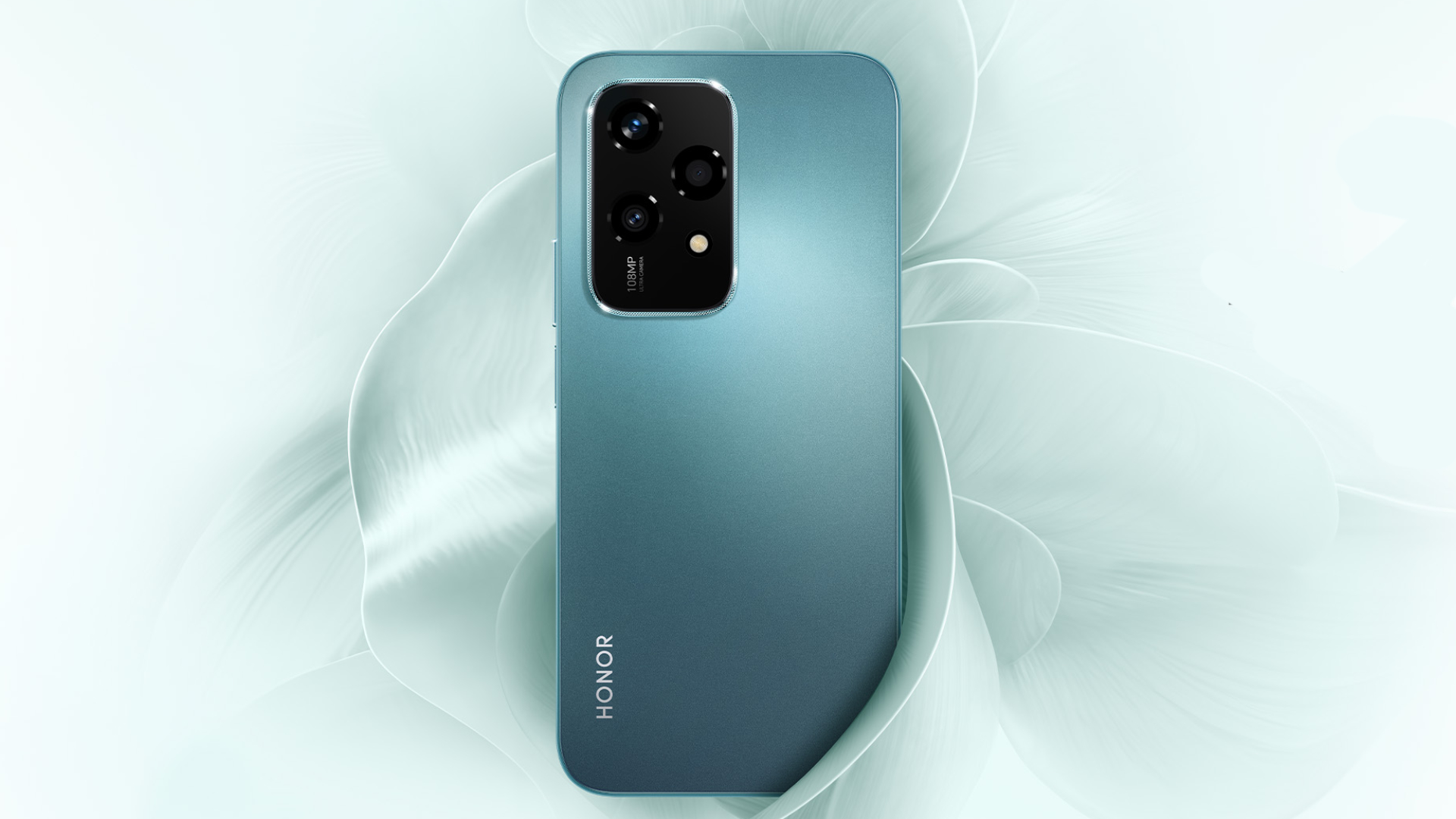ASUS undoubtedly opened the floodgates of mainstream, handheld PC gaming when they released the ROG Ally. Six months on, ASUS’ gaming handheld now has three mainstream competitors from their long-time rivals – the Legion Go from Lenovo and now, the Claw from MSI. Today we’re pitting the three new consoles against each other on paper: it’s the ROG ALLY VS the Legion GO VS MSI Claw, and which one will be better to buy in the Philippines.
ROG ALLY VS the Legion GO VS MSI Claw Philippines: Design
Probably the main differentiator between all three handhelds are their overall size, with the ROG Ally being the smallest among them. The Legion GO is the biggest because of its screen and its removable controllers, while the MSI Claw is at the middle-end of the pack.
All three has roughly the same button layout, so you’re pretty much set for button mapping no matter which handheld you choose. The Legion GO has a nice trick up its sleeve though, in that you can remove the controllers and use it as a mouse so you get more precise control for games like FPS and RTS.
Read more:
- ASUS ROG ALLY Review
- Can the MSI Claw Give the ROG Ally a Run for its Money?
- Lenovo Officially Unveils the Legion Go with Detachable Controllers
ROG ALLY VS the Legion GO VS MSI Claw Philippines: Display
Display-wise, both the ROG Ally and the MSI Claw are on par with each other, possessing a 7-inch, full HD LCD panel with a 120Hz refresh rate. The Legion Go meanwhile has a bigger 8.8-inch LCD panel with a QHD resolution display, along with a 144Hz refresh rate.
ROG ALLY VS the Legion GO VS MSI Claw Philippines: Processor and performance
The Legion Go and the ROG Ally are powered by AMD’s Ryzen Z1 Extreme processor paired with 16GB of RAM. The ROG Ally’s storage tops out at 512GB (at least for the Philippines) while the Legion goes up to 1TB.
The MSI Claw is the first mobile PC handheld to use Intel’s new Core Ultra 7 155H processor, which relies on Intel’s new Arc Graphics technology to work. We don’t have benchmarks to compare its performance to AMD’s offering as of yet, but at the very least we’re expecting performance parity when it comes to benchmarks. The handheld also has XeSS upscaling technology to increase frames via AI. As with benchmarks, we’re not sure how well Intel’s upscaling tech works with the new handheld, though MSI is positioning it as a ROG Ally alternative.
ROG ALLY VS the Legion GO VS MSI Claw Philippines: Battery
The ROG Ally has the smallest battery capacity of the three at 40wHr. The Legion Go has a 49.5wHr, with the MSI Claw having the best battery at 53wHr. Both the ROG Ally and the Legion Go have roughly similar overall battery life despite the difference in capacity between them.
Battery life for the MSI Claw is unknown now, though Intel’s chip tops out at 24W to 27W TDP depending on what game you’re playing. At that TDP you can expect ROG Ally-like battery life, though again it’s still not clear what real-world power consumption is like with this handheld.
ROG ALLY VS the Legion GO VS MSI Claw Philippines: Price Philippines
MSI is targeting an MSRP of $699 for the base model of the Claw, which is the same price as the ROG Ally when it first shipped. Take note that that’s the Core Ultra 5 processor – the higher Core Ultra 7 will have a higher price at $799.
The ROG Ally Z1 Extreme version has a price of Php 43,995, while the Lenovo Legion GO is priced at Php 49,995.
MSI says that it’ll be bringing over the Claw to the Philippines, but it’s not clear if they’re going to match the price of the ROG Ally when they do.








